NT government reveals 2023-24 budget amid $40bn economy forecast
The NT government has handed down its plan to take the Territory forward amid mounting debt and project collapses. Find out how much each sector will receive.
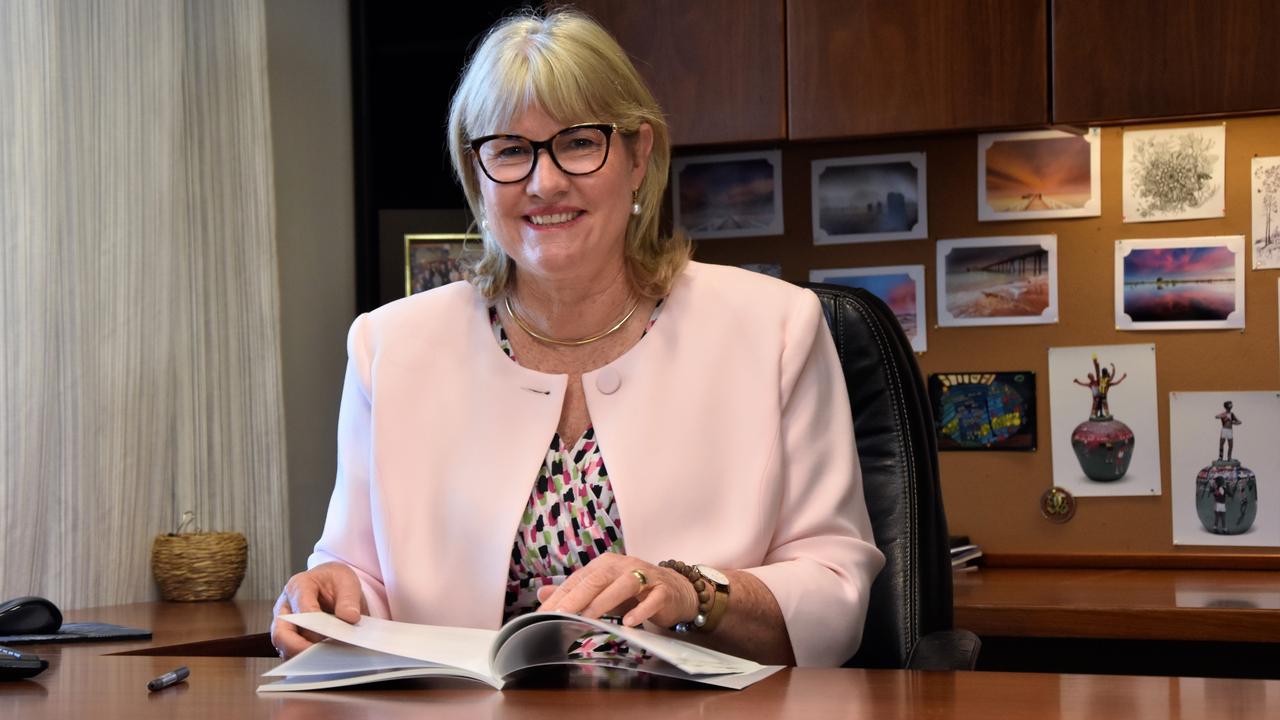
Treasurer Eva Lawler has described her first budget as one that “realises the Territory’s economic potential”.
But it is also one that leaves the government’s ambitious plan to grow its economy to $40bn this decade on shaky ground.
The furthest estimate, 2026-27, predicts a $27bn economy – only about $2bn more than this year.
However, the government is counting on another $36bn worth of projects not included in that forecast as they are still going through final regulatory approvals.
One of those projects is fracking in the Beetaloo Basin and the troubled Project Sea Dragon, the future of which remains highly uncertain.
For the first time in six years, the budget predicts the government will be able to balance the books within the three-year forward estimates period.
By 2026-27, the Territory is expected to reach a fiscal surplus of $67m – while still retaining an eye-watering debt, which is expected to peak at $9.98bn in the 2025-26 budget, before dropping to $9.86bn the following year.
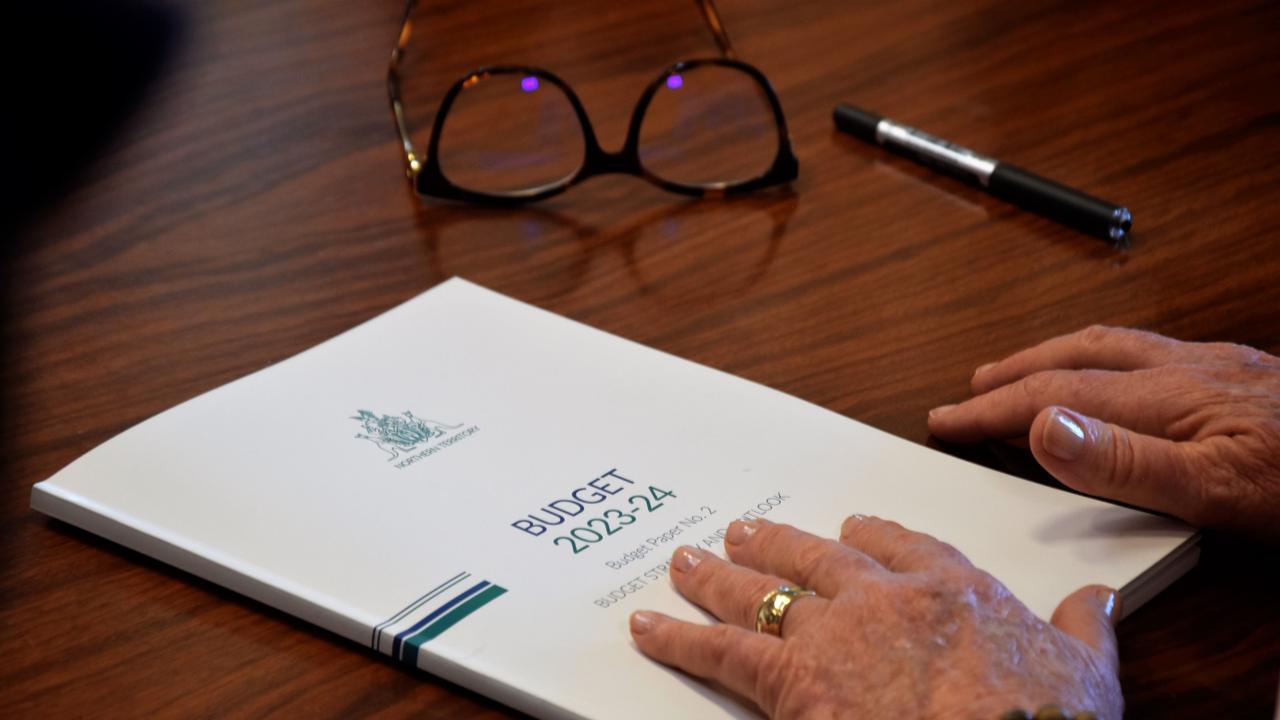
Next to a $1.1bn deficit, this year’s budget offers a record infrastructure program valued at $4bn – with a $2.11bn total spend on capital works.
Much of its “committed” project list has been carried over from previous years, with the Darwin ship lift facility, National Aboriginal Art Gallery and part of the Sun Cable project included.
More than half of this year’s capital spend will go towards roads, bridges and other transport projects, while the second biggest spend category is housing at about 20 per cent.
One quarter of the budget’s operating expenses will go to health, 18 per cent to education and 13 per cent to police and corrections.

Ms Lawler said the 2023-24 budget was one that “looks to the future”.
“The Territory budget remains on track and will see us return to surplus in the very near future and ahead of schedule,” she said.
“Our strategic location and abundance of natural resources make us a competitive place to invest.
“We are ensuring we capitalise on every opportunity to grow a stronger, more prosperous Territory.”
Police and emergency services
Funding for policing services is only set to increase $2m in the next budget – a move the opposition has fiercely criticised.
Fireys will get an extra $4m, along with new firetrucks and a revamped training station.
Key spends include $7.7m for anti-social behaviour initiatives in the Top End – the rollout of which will rest with Chief Minister Natasha Fyles.
About $4.8m will support the office of the Central Australian Regional Controller, Dorelle Anderson, who is tasked with co-ordinating federal and Territory funding for crime and social issues in Alice Springs.
Peppimenarti will also get a new $19m police station, expected to help tackle simmering social unrest in the remote community.
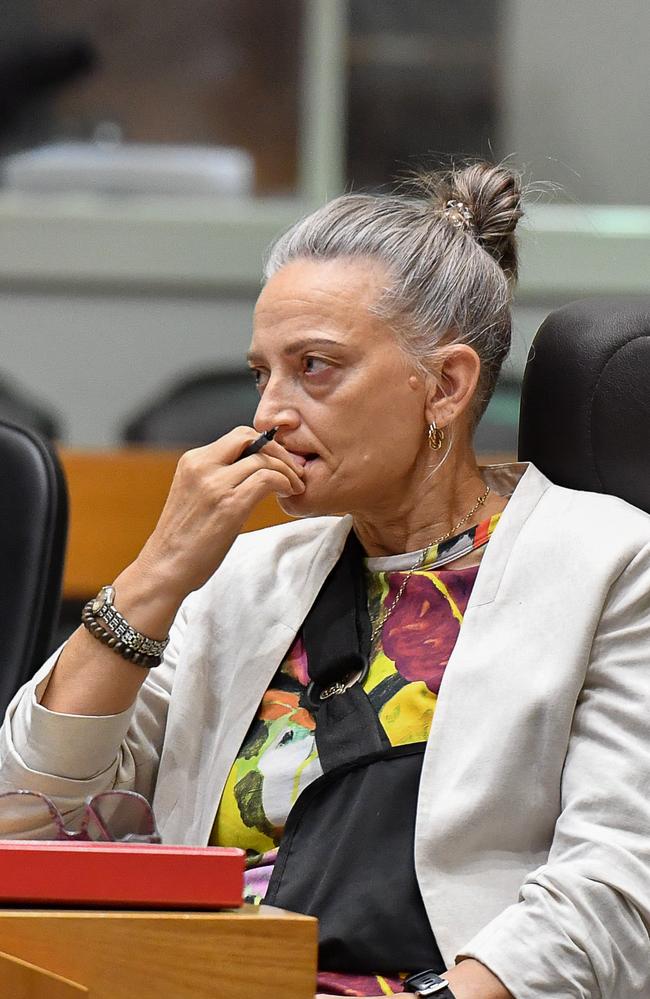
Domestic violence
As part of the government’s existing 10-year plan to tackle domestic, sexual and family violence, the budget includes $55m towards DSFV reduction initiatives.
This is on top of $71m invested in the plan since 2017.
Top brass police have long said domestic violence was their number one demand, with Acting Commissioner Michael Murphy saying the agency gets between 70 to 90 call-outs each night.
Corrections and justice
About $60m will go towards corrections – largely recruitment – over the next two budgets, before dropping to $20m annually.
The agency has been struggling with chronic overcrowding that has seen prisoners held in police watch houses.
The co-signed Aboriginal Justice Agreement will get a boost, with $15m towards alternative to custody facilities in Alice Springs and Groote Eylandt.
That money will also go to the establishment of community courts and law and justice groups in six communities.
The budget also includes $24m for new offender programs aimed to reduce re-incarceration.
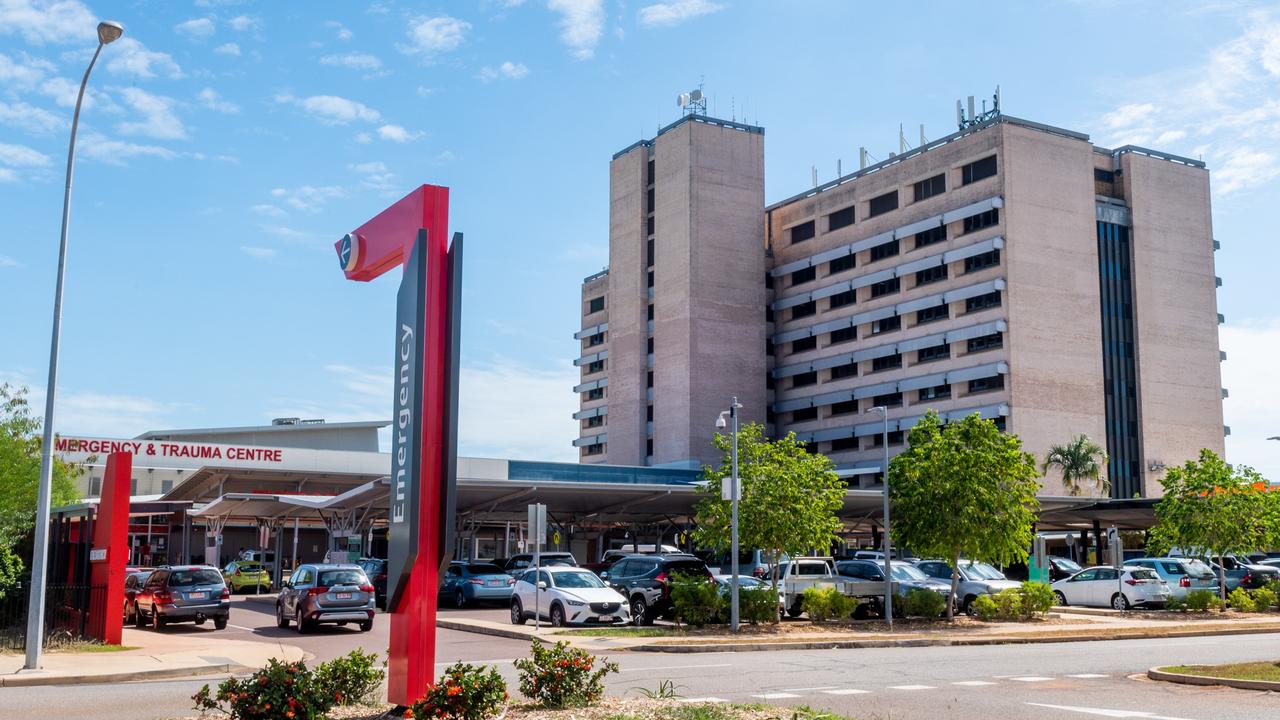
Health
The new budget commits $2bn to health, with the sector to get one quarter of the government’s total operating expenditure over the year.
The big ticket item is a new 32-bed multipurpose ward at Royal Darwin Hospital.
RDH will also get a $23.7m forensic mortuary, pathology and bereavement facility, while Alice Springs Hospital will get $30m worth of upgrades.
Infrastructure
This year’s budget puts $515m for the stalled Darwin shiplift project, as well as $215m to upgrade gas industry roads and “encourage investment”.
During Ms Lawler’s budget delivery speech, she said economic growth was “heavily influenced” by the timing of big ticket projects like the Santos Barossa gas project, despite the project being held up by ongoing court challenges.

Cost of living measures
The budget’s main cost-of-living measure is $71.7m over two years for energy subsidies, aimed at keeping household electricity bills below inflation.
It is expected to save households between $184 and $350 on their quarterly electricity bills.
Water and sewerage bills are also expected to be about $170 cheaper.
Record infrastructure funding to drive jobs growth in budget
The Territory government has allocated a record $4.07bn in the 2023-24 budget to spend on its infrastructure program.
The biggest project is the $515m Darwin ship lift facility – which is $100m over budget – and the $165m Tiger Brennan Drive overpass — that is also about $100m over budget.
About $2.24bn will be spent on roads, aerodromes, jetties and barge landings with about $215m allocated to developing gas industry roads.
The government has added an additional $3.95m to the $324.1m already committed for the Adelaide River Off-Stream Water Storage (AROWS) project and $601m has also been allocated under Homebuild, Room to Breathe and the Government Employee Housing Program in 61 communities.
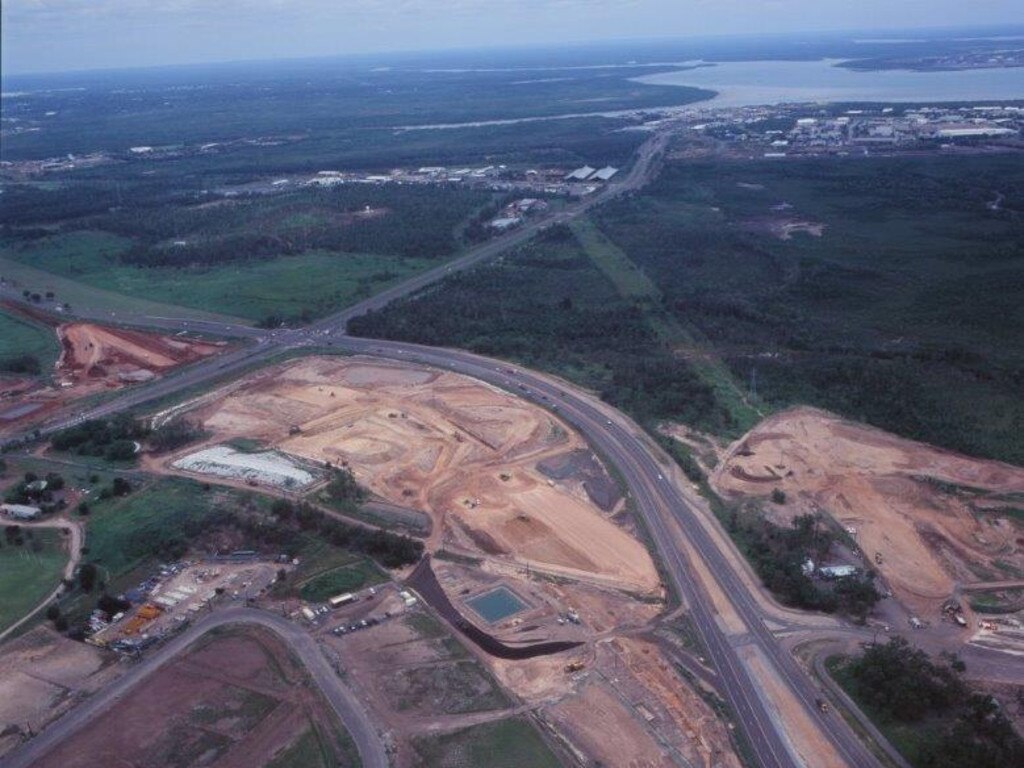
The budget entry says the $4.07bn “includes spending on gas and industry roads and transport infrastructure, housing and health infrastructure and enhanced community amenities”.
“It prepares us for jobs in rare earths and critical minerals, in oil and gas, in data centres and subsea fibre links, and in large projects such as the Darwin ship lift facility and the Adelaide River Off-Stream Water Storage,” it says.
In 2017-18 the government allocated $500m to the Homebuild remote housing program and $200m each to Room to Breathe and the Government Employee Housing Program for implementation by 2026-27, of which less than a third has so far been spent.
The government did not disclose how much of the $1.7bn it allocated last year for infrastructure had already been spent.
Meanwhile, tourism will have an extra $35.5m in the next two budgets for marketing and advertising to “re-energise” the sector as it comes out of the Covid-19 crash.
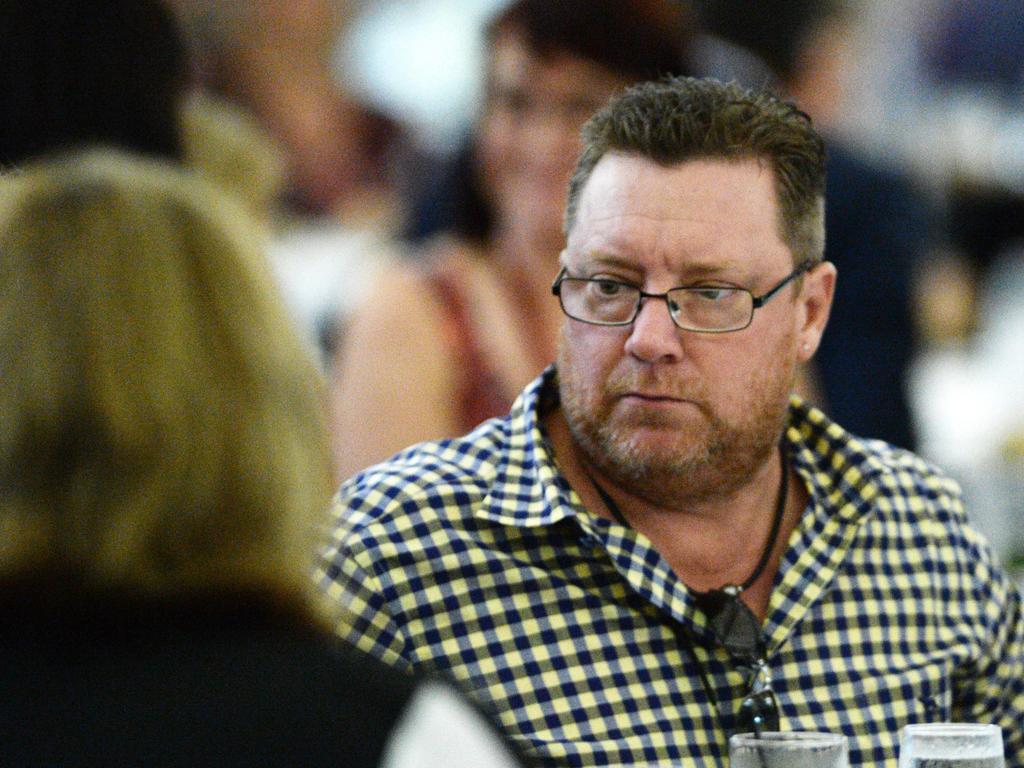
Tourism Minister Nicole Manison said the money would ensure the Territory government was “marketing hard” to Australian and international travellers, “so they can see the amazing tourism experiences they will have when they take a holiday or trip to the Northern Territory”.
Ms Manison said tourism supported about 15,000 direct and indirect jobs and a whopping $3.1bn was spent by tourists in the Territory last year.
But she acknowledged international tourism numbers were still down, partly because of international traveller confidence post-Covid and airlines having not returned to full capacity.
Tourism NT chairman Michael Bridge welcomed the size and duration of the funding commitment.
“It’s the first time in a number of years we can now plan for the future,” Mr Bridge said.
“We had a bumper year last year with a $3.12bn visitor economy in the Northern Territory, broke our growth records, predominantly driven off the back of the domestic market.”
Mr Bridge said domestic tourism had suffered recently from issues around crime but international tourism was not impacted.
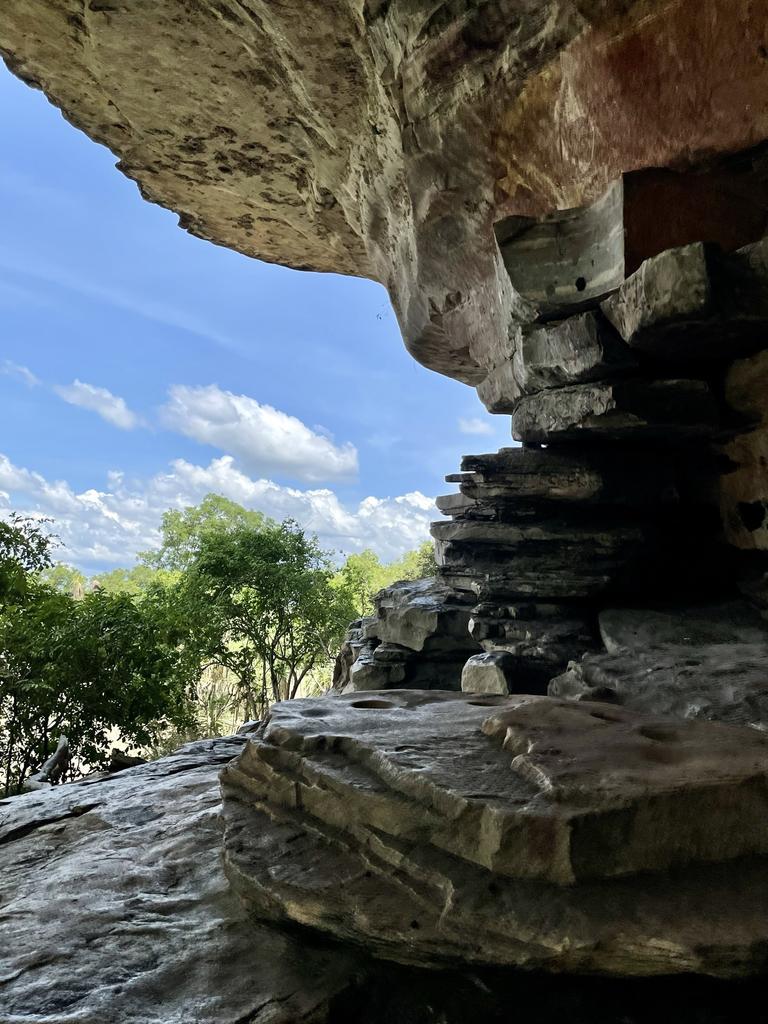
“We’re not seeing any feedback in the international market with some of the challenges we have in the Territory,” he said.
“We certainly are seeing some in the domestic market.”
“There’ll be a real focus in this additional funding for the international market,” he said.
“The average Australian has learnt to travel overseas again … and we compete against those international destinations so we’ll be spending a lot of money in our source markets in Italy, the UK, Germany and North America, attracting them back.
“International tourism is critically important to Central Australia and this is very timely in that their international tourism season generally starts in October, November next year so this will allow us to get into market quickly and hopefully attract that visitation.”
Mr Bridge said flights into the Territory were not expected to reach pre-Covid levels until late next year.
On Monday, the government also responded to the Territory-wide crime surge with a $39m allocation to its Smarter Justice for a Safer Territory program, including $15m under the Aboriginal Justice Agreement for the establishment of community courts and $24m to design and deliver new offender programs.
In addition, the NT Legal Aid Commission will get $7.68m over two years and the Director of Public Prosecutions will get an extra $10m over two years.




